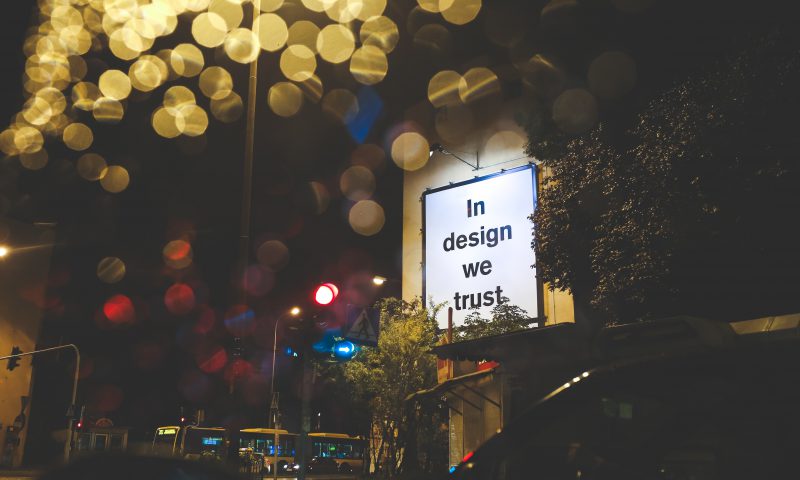POSTED BY: Marie McGrath
Client Question: What makes a brilliant packaging design brief?
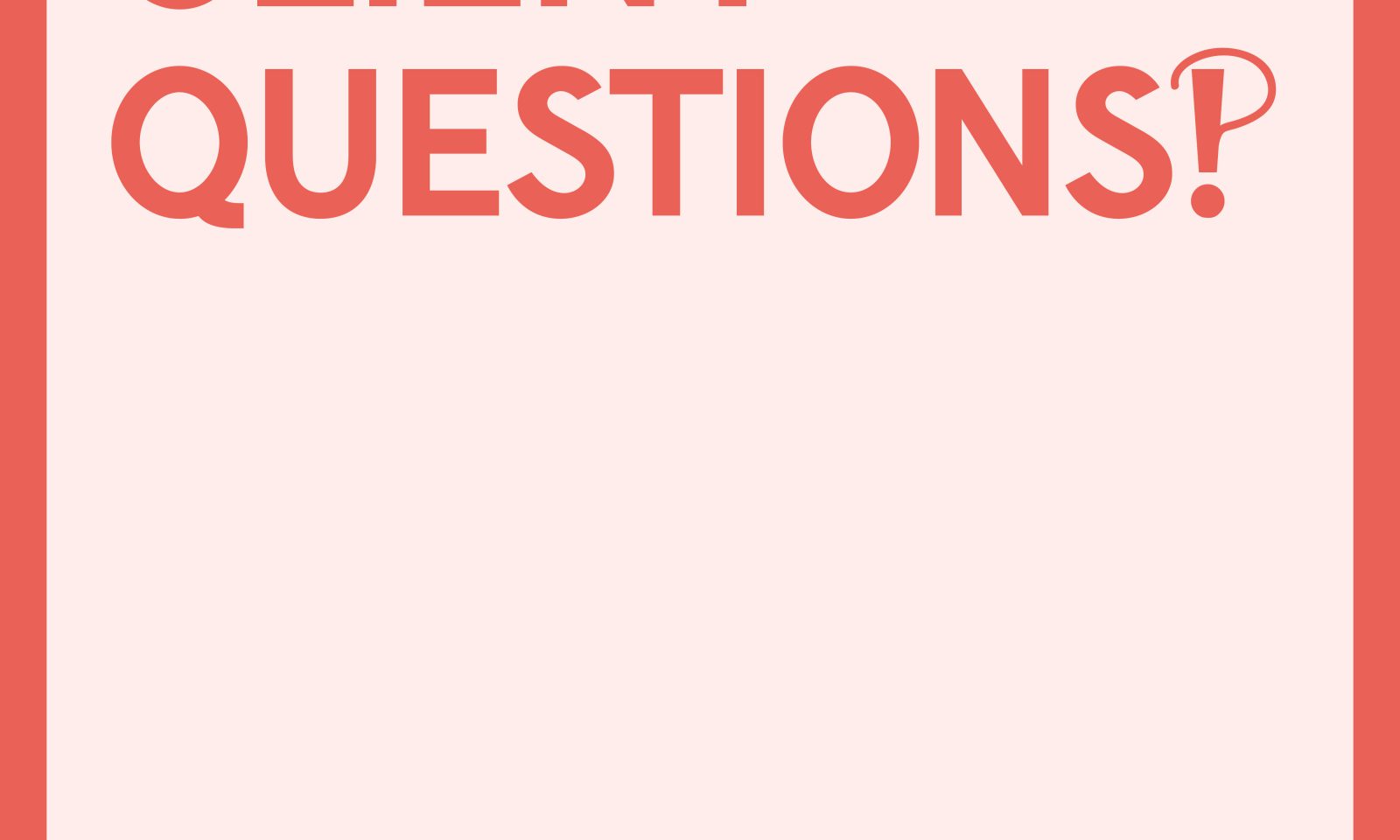
Client Question: What makes a brilliant packaging design brief?
Putting together a packaging brief can seem like an overwhelming task. Clients often ask us where they should start – what are the most important elements to consider and how do they feed into the overall development process?
Neworld’s Brand and Packaging Account Manager Marie McGrath shares her thoughts on the best way to develop a brief that will ensure great design results.
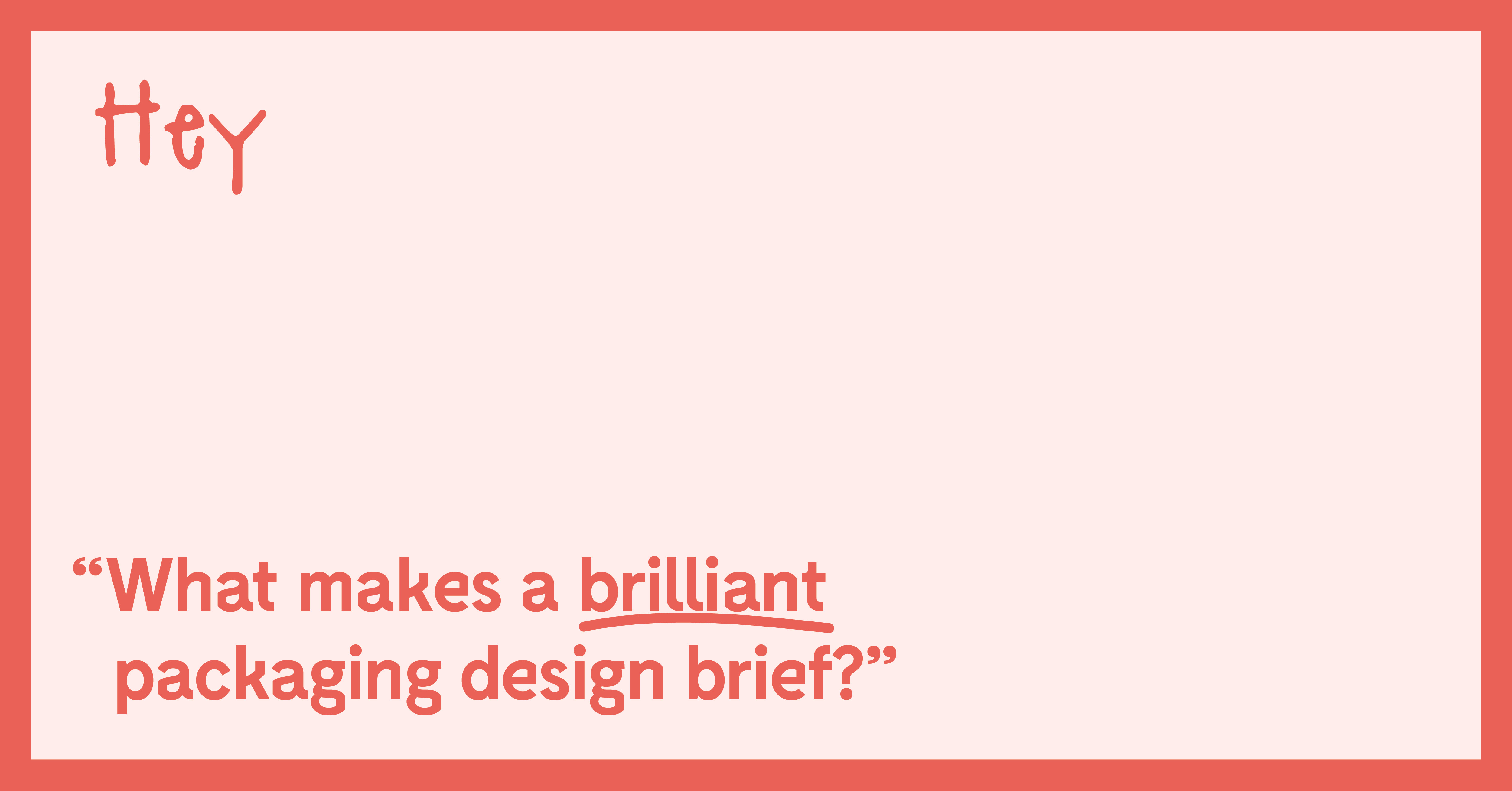
As always, the more information we have the better! With 24 years of experience, Marie has listed five key points below to keep in mind when developing any packaging brief. At Neworld we often collaborate with brands to tease out and define each of these element – this process involves meeting the team, doing site visits and undertaking research with clients, staff and consumers.
1. The brand and its values, ethos and assets
What are the brand’s values? What is its personality? What makes your brand and this product different?
We need to get to know the brand inside and out. Whether it’s a new brand or a repositioning exercise, the first step is always understanding its ethos – what it stands for. This includes learning about its background, the assets it owns, what it currently offers the consumer but also what it aims to offer in the future. By understanding the business and brand goals, it allows us to truly evaluate the opportunity that exists.
2. The target consumer and their buying behaviour
Who are we trying to attract? What are consumers looking for when they shop?
We believe that the consumer should be at the heart of everything a brand offers. That’s why it’s so important to understand who the consumer really is. This means analysing demographics and behaviours – age profiles, likes and dislikes, the how and where they shop. Alongside this, we need to look at what influences them and identify the kind of attitudes they have.

Are they looking for health benefits? Do they want to be inspired? Will a serving suggestion appeal? Building a distinct target profile will enable us create the stand out messages that will attract them. Packaging gives us a platform to tell a brand story, but we need to ensure that the narrative is one that will resonate.
3. The competitive landscape
Who are the competitors and what works well?
Every brand should aim to own or occupy a distinct place in the market. But to define what this should be, we need to truly understand the competitive landscape. We need to know how and where each of the brand’s competitors positions itself. This will enable us to identify where the gaps and opportunities lie.
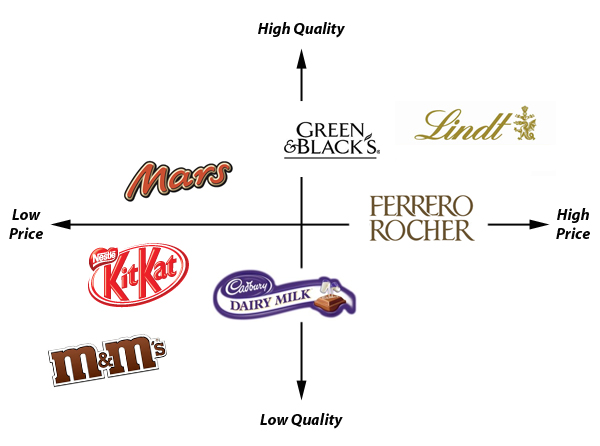
From a packaging perspective, this involves evaluating the landscape from a shelf and merchandising context. Understanding the environment and any restrictions that exist will help ensure a better final solution.
4. Production, packaging formats and mandatories
What are the legislations? What materials are used? What are the technical aspects?
Creativity must always be married with functionality. That is why it is of the utmost importance that we understand any relevant packing restrictions or production/operational limitations. Having this information upfront is the most efficient use of time and costs, allowing us to explore the best possible routes whilst knowing what to avoid.
We also need to understand the commercials realities. Can we push the boundaries if the rationale for doing so is right? Is there an opportunity to source alternative print materials, die-cuts and formats? From the outset, we want to know how far we can we go so that we don’t limit ourselves to what is currently in place.
5. Lead times and any critical timelines
A critical part of any packaging brief is a clear understanding of the lead times. Launch dates, in particular, are essential to outline at the start of any project. That way we create a strict schedule that works backwards to print, pre-production and through the design process. Certain packaging can take up to 12 weeks to go through pre-production and print so it’s important to create a clear timetable that allocates enough time for all stages, most especially at the design stage.
Marie McGrath, Account Manager – Brand & Packaging
Marie has many years’ design and consultancy experience to the team, gained from working alongside many of Ireland’s highly regarded brand heavyweights. She has extensive experience in branding, design and project management and injects a high level of creative and strategic thinking across all projects. Marie is constantly on the lookout for new opportunities to enrich the brand experience and build your brand’s strength in the market. The primary communication conduit, she manages the entire process from concept to finishing, ensuring that the project delivers at every stage.
Keep Reading
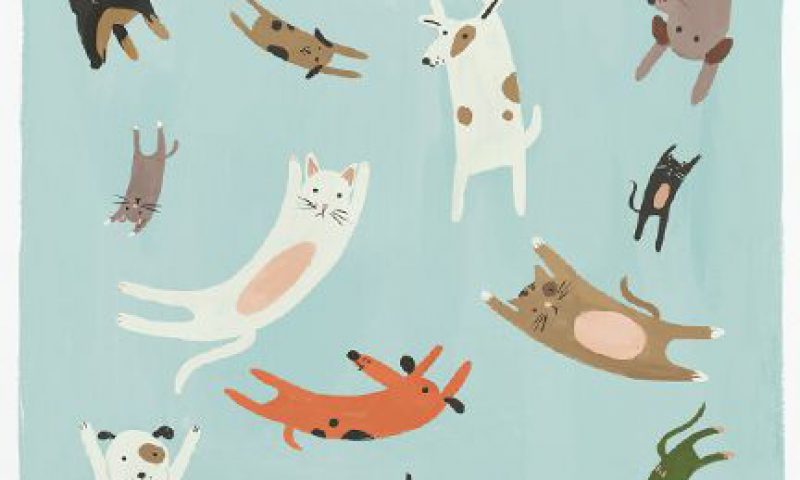
Did you ever wonder? Origins of well-known phrases
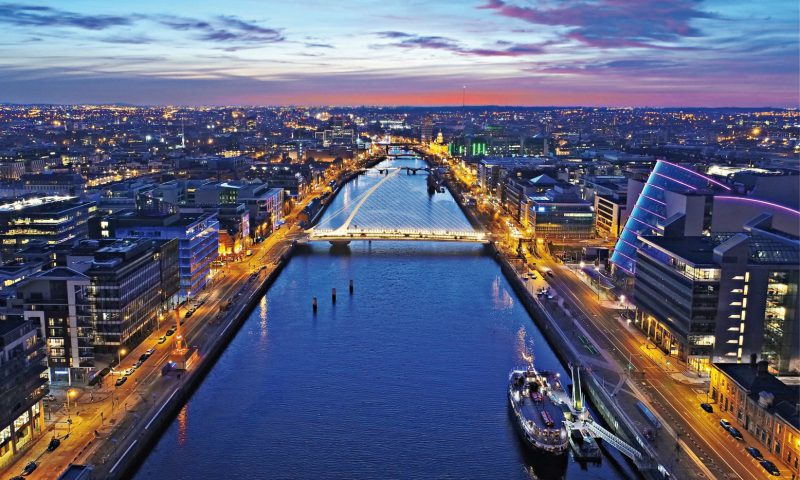
Where does your Dublin take you…
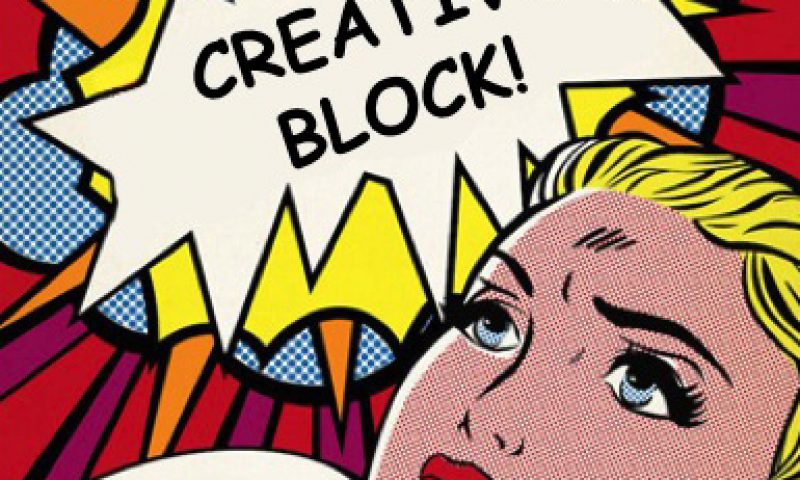
Lost your Creative Mojo?
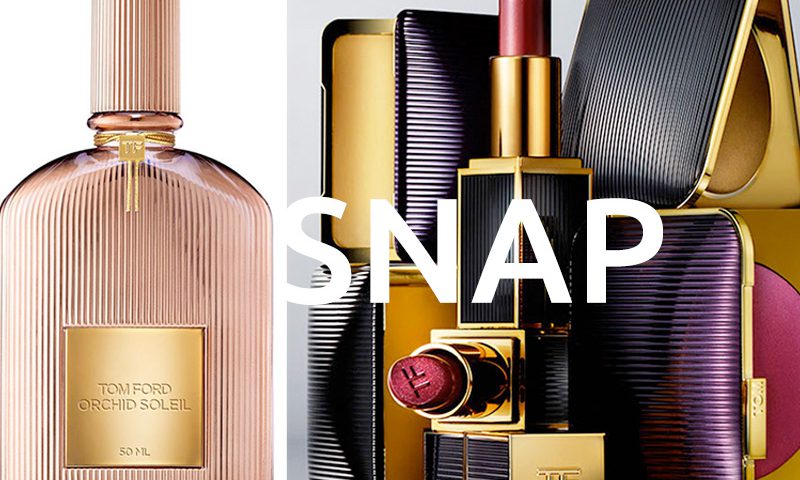
Packaging Gold
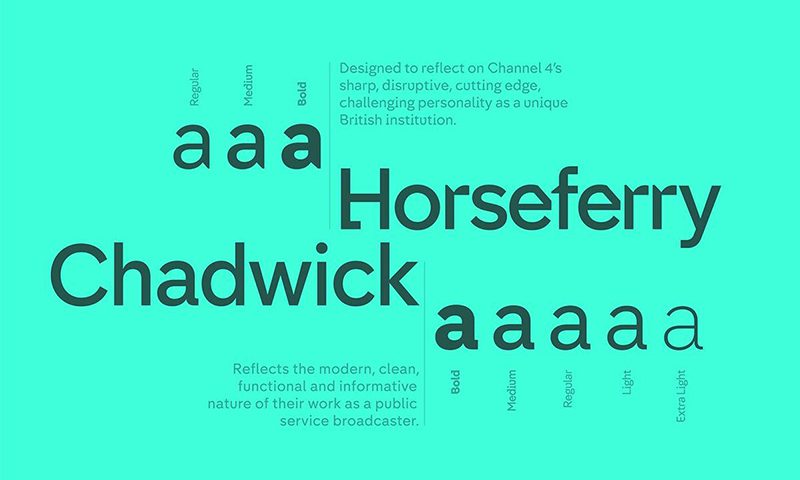
Five bespoke typefaces we want to get our hands on!
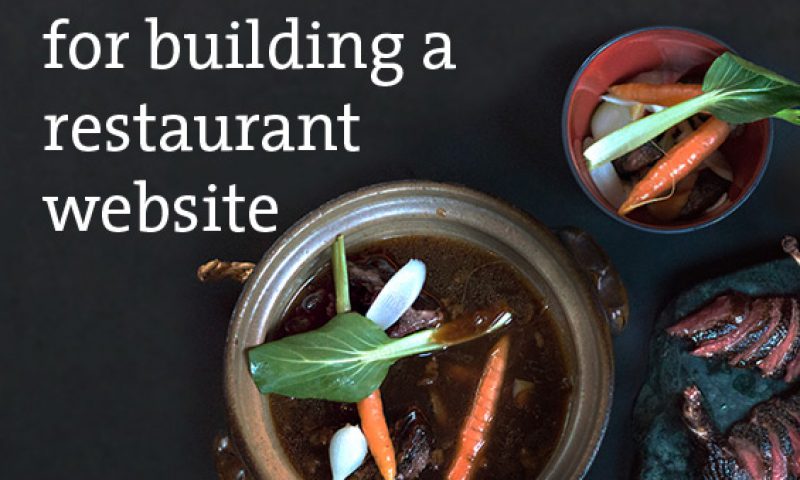
7 key tips for building a restaurant website
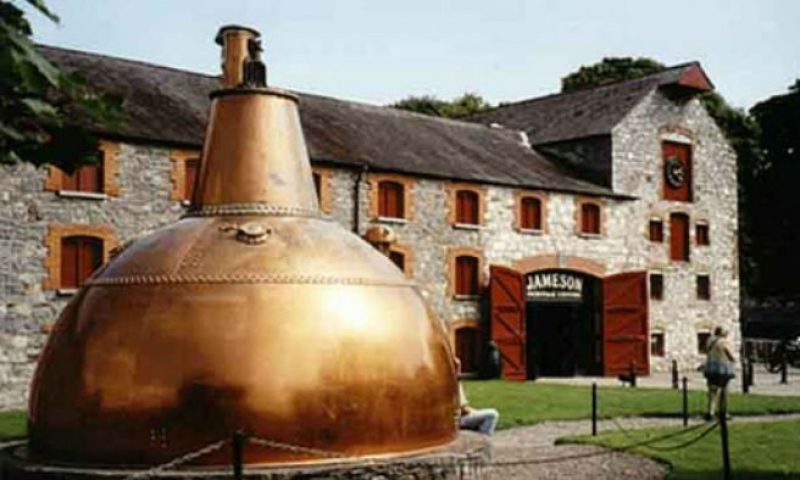
The Case of Midleton Whiskey
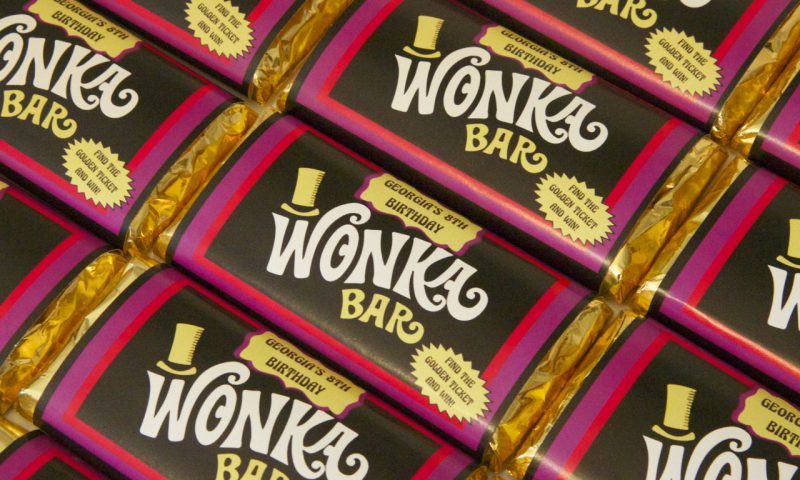
The Top 6 Greatest Fictional Brands
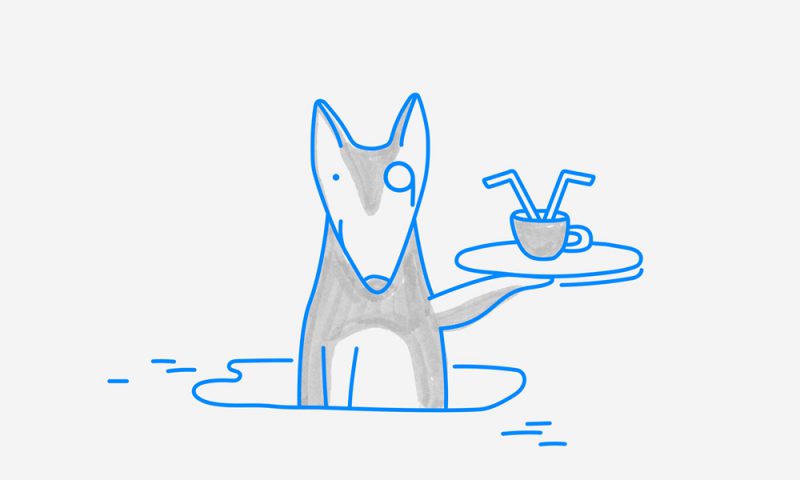
Design that’s set tails wagging
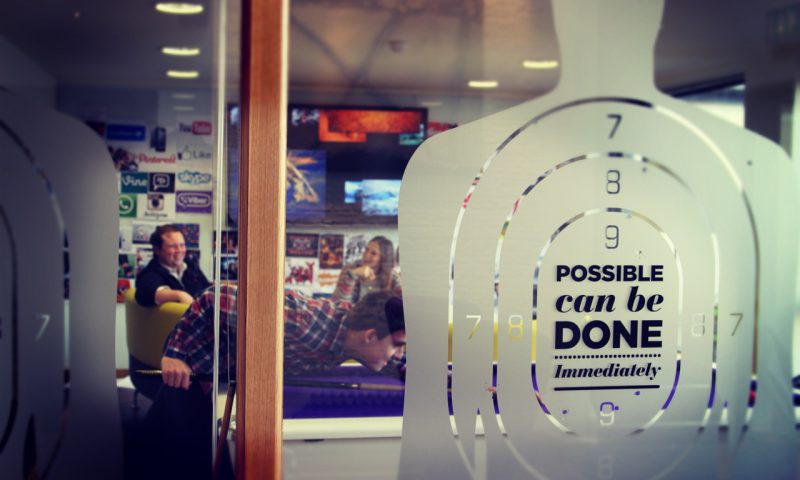
We’re hiring!
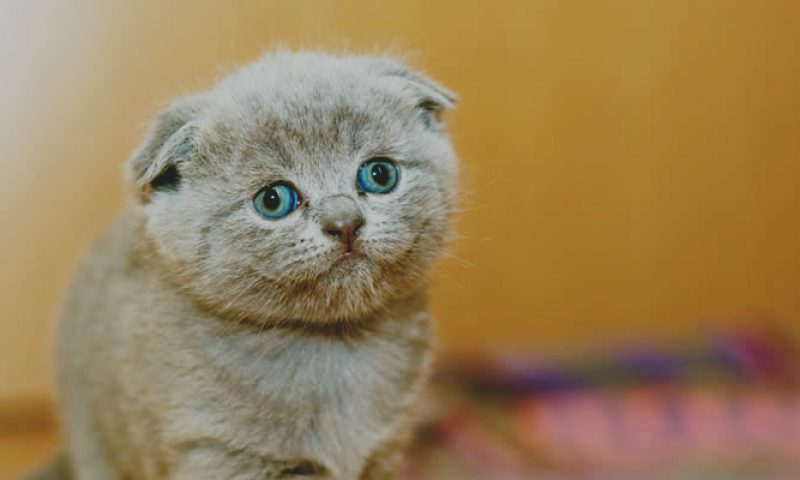
Four unexpected consequences of GDPR
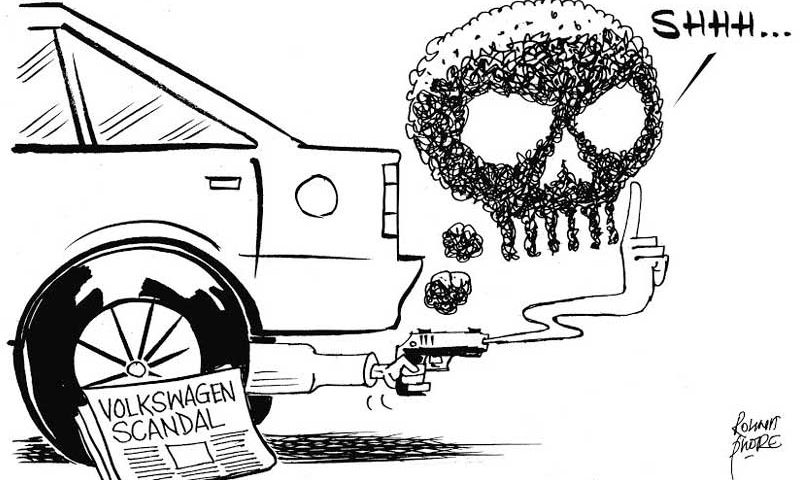
5 common mistakes we see brands make
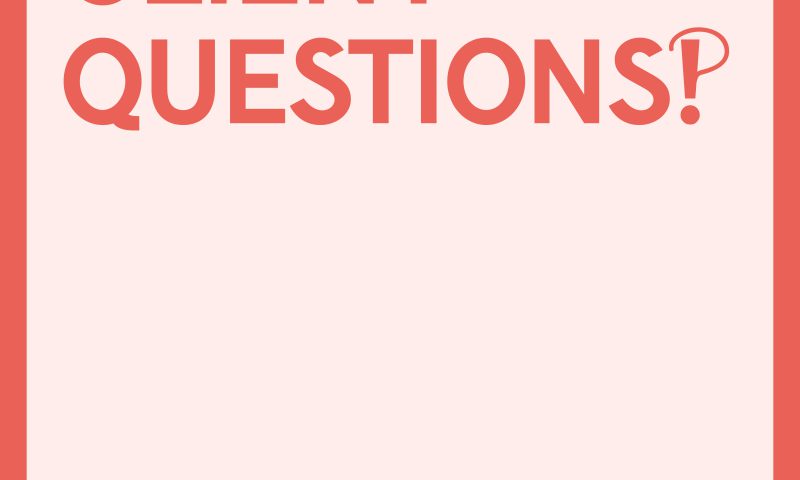
Client Question: How do you assess category cues and how...

Hoteliers – the right brand partners with the right...

The Interview Questions – continued from last month
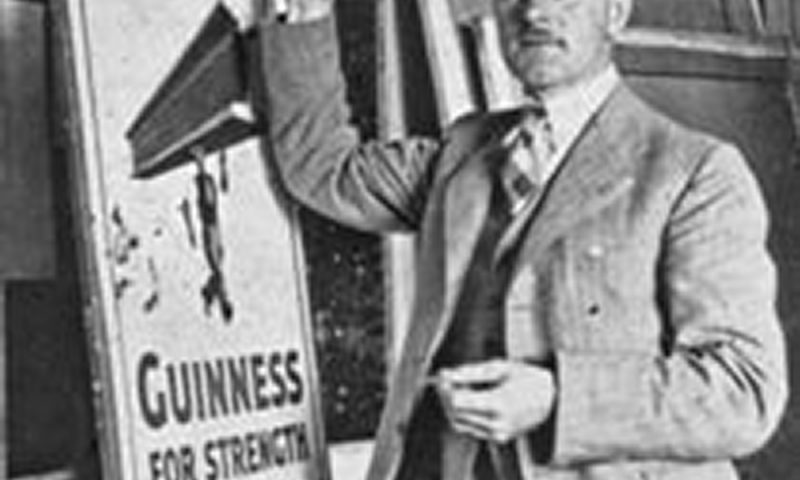
John Gilroy for Guinness: Four Corners and Some Vision

Client Question: What is tone of voice?
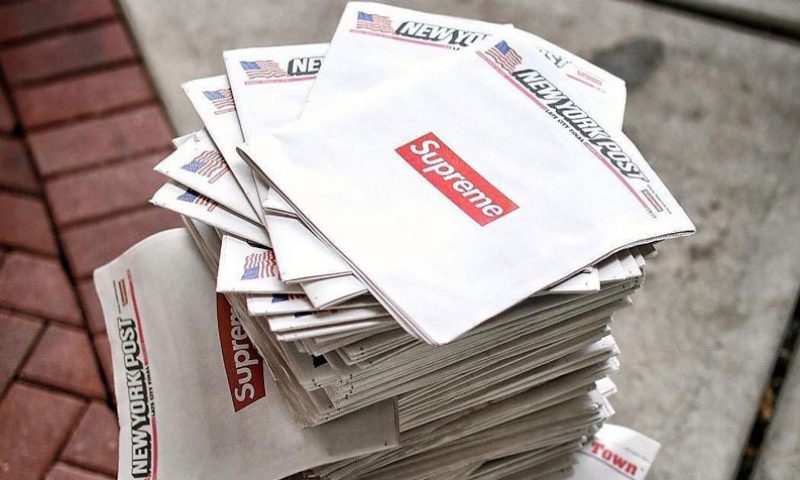
A Love Supreme

5 characteristics of successful businesses
